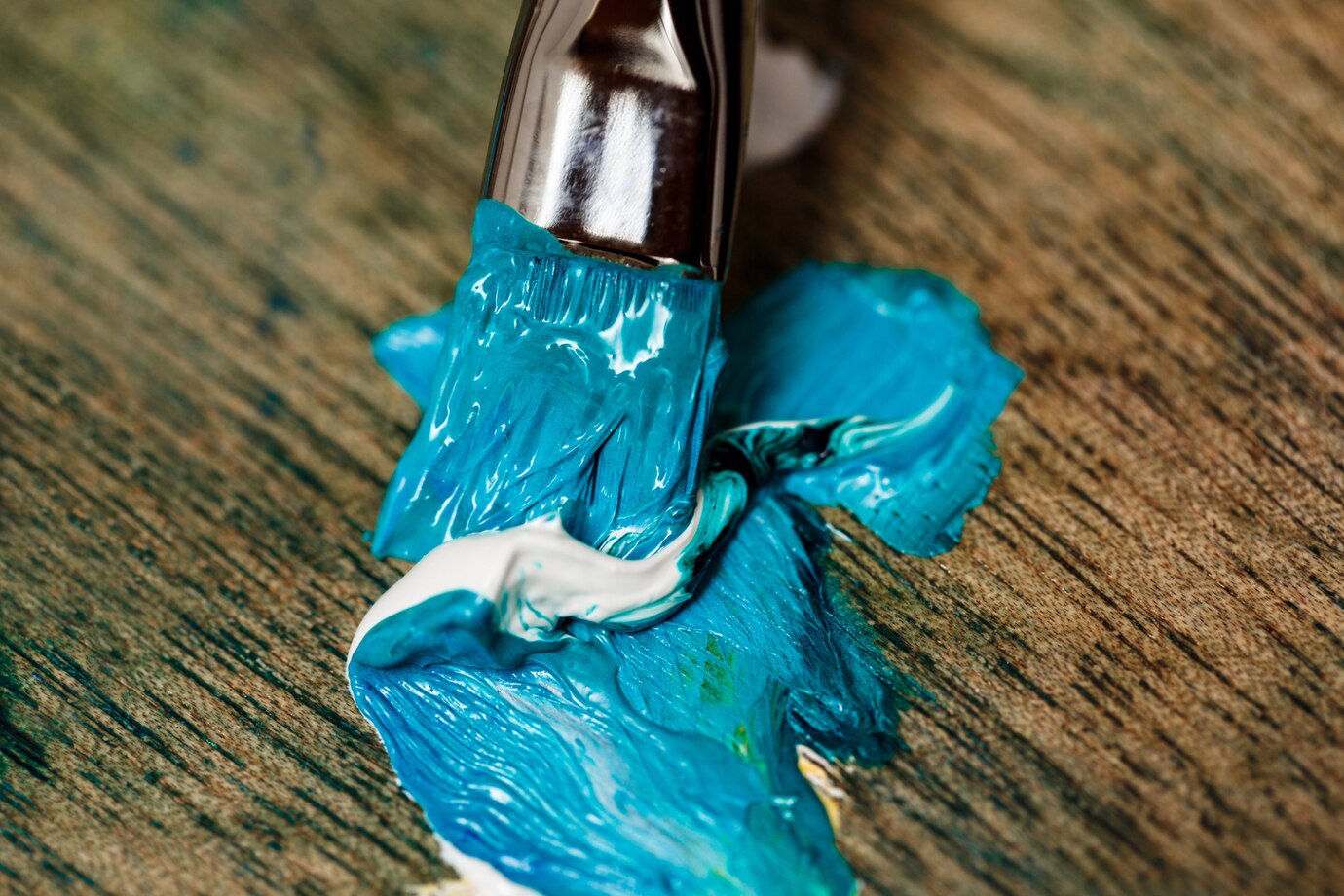Oil painting is beloved for its rich textures and luminous colors, but its slow drying time can challenge both beginners and experienced artists. If you’ve ever wondered, “How long does oil paint take to dry?” the answer isn’t simple—it depends on multiple factors.
Generally, oil paint becomes touch-dry in 24 hours to 2 weeks, but full curing (when the paint hardens completely) can take 6 months to a year. This slow process allows for beautiful blending and reworking, but it also requires patience and proper technique to avoid cracks, wrinkles, or sticky surfaces.
Why Understanding Oil Paint Drying Time Matters
Knowing how oil paint dries helps you:
✔ Plan layers (avoiding muddy mixes or cracking)
✔ Prevent smudging when working on multiple sections
✔ Ensure archival quality (prevent premature deterioration)
✔ Optimize workflow (faster drying for underpainting, slower for blending)
Unlike fast-drying acrylics, oil paint dries through oxidation—a chemical reaction where the oil (usually linseed, walnut, or safflower) reacts with oxygen and hardens over time. This process can’t be rushed without consequences, but you can control it.
Factors That Affect Oil Paint Drying Time
1. Paint Thickness & Application
- Thin layers (glazes or washes): 1–3 days
- Medium-thick brushstrokes: 5–14 days
- Thick impasto (palette knife work): Weeks to months
Tip: Use the “fat over lean” rule—start with thin, fast-drying layers and gradually add thicker, oil-rich paint to prevent cracking.
2. Pigment Composition
Some pigments dry much faster due to their chemical makeup:
| Fast-Drying (1–3 days) | Medium-Drying (3–7 days) | Slow-Drying (1–2 weeks+) |
|---|---|---|
| Burnt Umber | Ultramarine Blue | Ivory Black |
| Raw Sienna | Cobalt Blue | Cadmium Red |
| Lead White (Flake White) | Yellow Ochre | Alizarin Crimson |
Pro Tip: Mix fast-drying pigments with slow ones to balance drying time.
3. Environmental Conditions
- Warm, dry air → Speeds drying
- Cold, humid air → Slows drying drastically
- Ventilation → Helps oxygen reach the paint
Fix: Use a dehumidifier in damp climates or a fan (not directly on the painting) to circulate air.
4. Mediums & Additives
- Linseed oil – Standard, dries in ~3–5 days
- Walnut oil – Slower drying (~5–7 days), smoother finish
- Alkyd mediums (e.g., Liquin, Galkyd) – Cuts drying time by 30–50%
- Cobalt driers – Speeds oxidation but can weaken paint if overused
Warning: Avoid excess driers—they may cause brittleness over time.
How to Tell If Oil Paint Is Fully Dry
Since oil paint dries from the top down, the surface may feel dry while layers underneath remain wet. Test dryness by:
- Fingernail test – Gently press; if no dent forms, it’s dry.
- Tissue test – Lightly blot—no color transfer means dry.
- Time estimate – Thin layers dry faster; thick layers need weeks.
How to Speed Up Drying (Safely)
If you need faster results:
✅ Use alkyd-based mediums (e.g., Liquin)
✅ Paint in thin layers
✅ Work in a warm (70–80°F), dry room
✅ Mix with fast-drying pigments (e.g., earth tones)
🚫 Avoid:
- Hairdryers (can cause cracks)
- Excessive driers (weakens paint film)
- Sealing wet paint (traps moisture)
How to Store Wet Oil Paintings
- Keep flat to prevent drips
- Cover with a box (not plastic—needs airflow)
- Avoid stacking (can stick or smudge)
FAQ
Why is my oil paint still sticky after weeks?
High humidity, too much oil, or slow-drying pigments (like ivory black) can cause this. Try moving it to a drier area or using an alkyd medium next time.
Can I varnish an oil painting before it’s fully dry?
No! Varnishing too soon traps moisture, leading to cloudiness or peeling. Wait at least 6 months for full curing.
How can I make oil paint dry overnight?
You can’t—but alkyd mediums + thin layers can get you close (24–48 hours).
Does oil paint dry faster in sunlight?
Indirect sunlight helps, but direct sun can yellow or crack paint.
Can I paint over semi-dry oil paint?
Yes, but only if it’s touch-dry (not tacky). For best results, wait 3–7 days.
Final Thoughts
Oil paint’s slow drying is a blessing and a curse—it allows lush blending but demands patience. By controlling thickness, pigments, and environment, you can optimize drying time without sacrificing quality.










